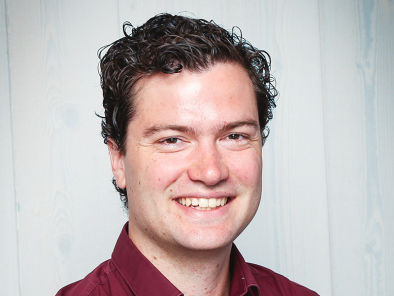

Abstracts Division 3
55. Uremic toxin removal during hemodialysis is not compromised by protein ingestion or intradialytic exercise

Floris K. Hendriks1, Jeffrey H.W. Kuijpers2, Janneau M.X. van Kranenburg1, Frank M. van der Sande3, Jeroen P. Kooman3, Steven J.R. Meex2, and Luc J.C. van Loon1.
1Department of Human Biology, NUTRIM School of Nutrition and Translational Research in Metabolism, Maastricht University, Maastricht, The Netherlands
2Department of Clinical Chemistry, Cardiovascular Research Institute Maastricht (CARIM), Central Diagnostic Laboratory, Maastricht University Medical Center+, Maastricht, The Netherlands
3Division of Nephrology, Department of Internal Medicine, Maastricht University Medical Centre+, Maastricht, The Netherlands
Rationale
Dietary protein and physical activity interventions are increasingly implemented during hemodialysis (HD; intradialytic) to support muscle maintenance in patients with end-stage renal disease (ESRD). Though muscle maintenance is important, adequate removal of uremic toxins is of primary concern for patients on chronic HD treatment. It remains to be established whether intradialytic protein ingestion and/or exercise modulate uremic toxin removal during HD.
Methods
We selected 10 patients with ESRD (age: 65±16 y, BMI 24.2±4.8 kg/m2) on chronic HD treatment to participate in this randomized cross-over trial. During HD, patients were assigned to ingest 40 g milk protein or a non-protein placebo, both at rest (PRO and PLA, respectively) and following 30 min of exercise (PRO+EX and PLA+EX, respectively). Blood and spent dialysate samples were collected throughout HD to assess the reduction ratio and removal of urea, creatinine, potassium, phosphate, cystatin C, and indoxyl sulfate.
Results
The reduction ratios of urea and indoxyl sulfate were higher during PLA (76±6 and 46±9%, respectively) and PLA+EX (77±5 and 45±10%, respectively) treatments when compared to PRO (72±4 and 40±8%, respectively) and PRO+EX (72±4 and 42±7%, respectively; protein effect: P<0.05; exercise effect: P>0.05) treatments. Nonetheless, protein ingestion resulted in ~10% greater urea removal (P=0.042) during HD. Intradialytic protein ingestion and exercise did not modulate reduction ratios and removal of creatinine, phosphate, and cystatin C during HD (protein effect: P>0.05; exercise effect: P>0.05). However, urea and phosphate removal throughout intradialytic exercise during PLA+EX and PRO+EX treatments were greater when compared to the same period during PLA and PRO (exercise effect: P=0.032 and P=0.020, respectively) treatments.
Conclusions
The removal of uremic toxins during HD is not compromised by protein feeding. Intradialytic exercise induces only a temporary increase in small uremic toxin removal, which does not affect total uremic toxin removal during HD in patients with ESRD

NUTRIM | School of Nutrition and Translational Research in Metabolism
NUTRIM aims to contribute to health maintenance and personalised medicine by unraveling lifestyle and disease-induced derangements in metabolism and by developing targeted nutritional, exercise and drug interventions. This is facilitated by a state of the art research infrastructure and close interaction between scientists, clinicians, master and PhD students.
www.maastrichtuniversity.nl/nutrim